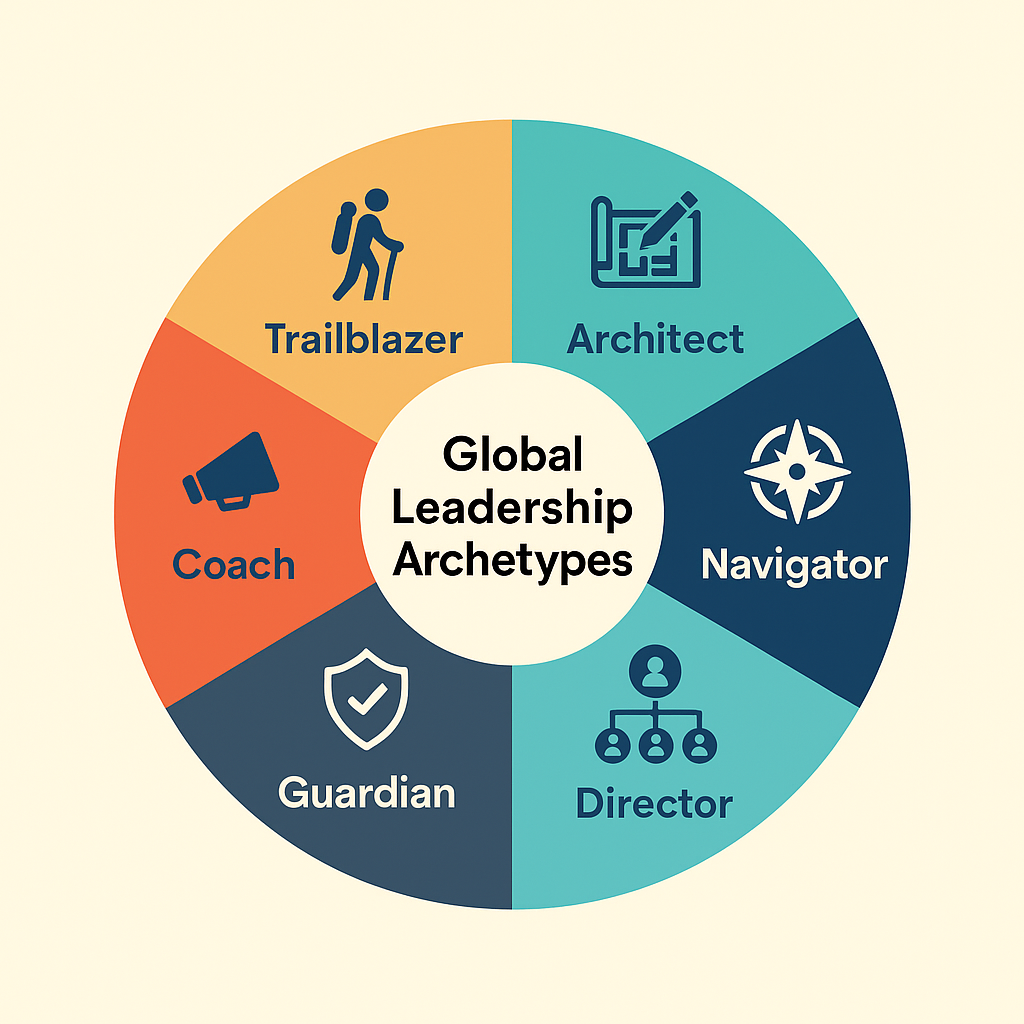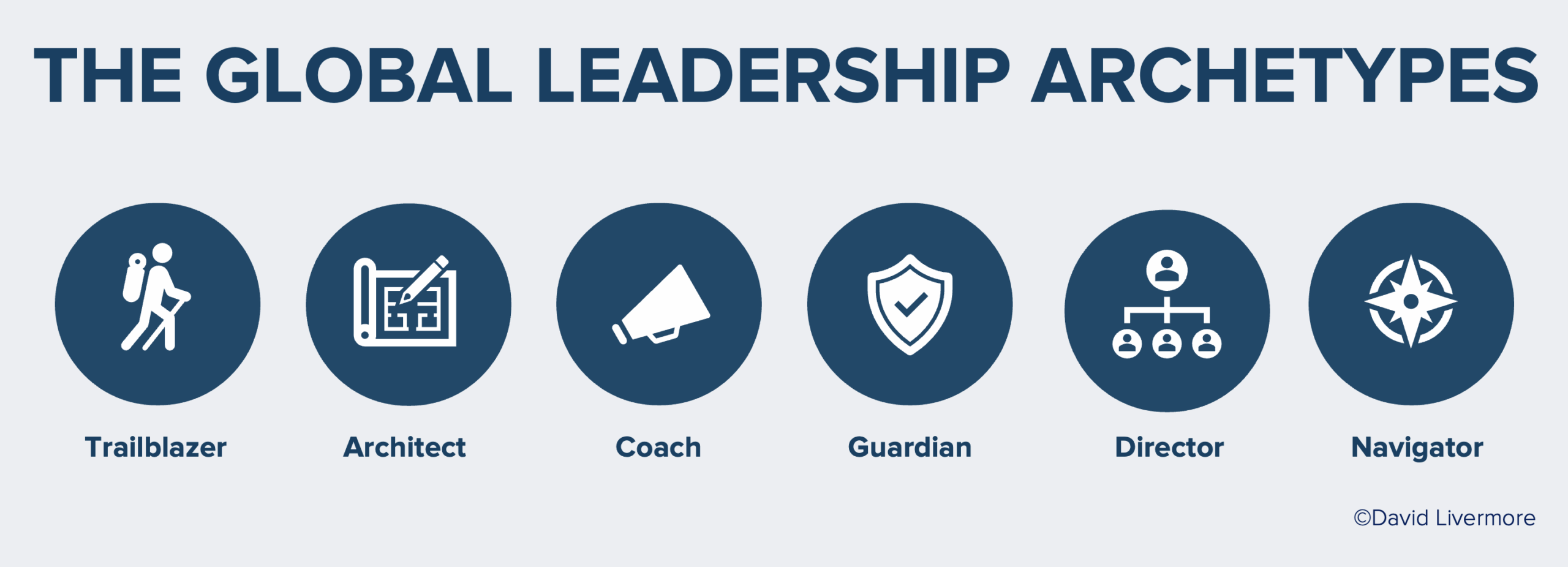
Covid disrupted the world of learning and development. It started by forcing us to pivot to virtual-only sessions, something that was particularly daunting when teaching sensitive topics like cultural intelligence, bias, and race. And then we needed to adapt content to include anti-racism, critiques about Critical Race Theory, the hybrid work environment, and much more. But the constraints of the pandemic forced us to innovate.
The evolution in the world of training isn’t over. Here are five trends I’m watching this year.
1. Shorter sessions spread across several months
Half-day, much less full-day workshops are dead. Organizations want multiple, shorter sessions that are spread across several months. Those of us who teach topics like cultural intelligence have always said these skills can’t be taught in a day, yet pre-Covid, that was still the predominant way many of us delivered the training. I’m a huge fan of the shift to a sequence of shorter sessions over a longer period of time. Not only does it reflect research that says 90-minutes is about the extent we can focus meaningfully on a task, it also reflects findings that repeatedly show we’re more likely to change behavior through recurring discussions and insights over several months rather than hitting it one time.
2. Hybrid sessions are expected.
I’ve never been a fan of mixing in-person and virtual sessions. It’s a clunky experience that makes spontaneous discussion challenging. But a growing number of organizations expect us to facilitate sessions that have people in-person and online. For awhile, I insisted those be done in separate sessions but organizations pushed back because they wanted everyone together. Facilitators have to plan intentionally to ensure hybrid delivery is effective, otherwise, virtual participants feel like they’re simply watching a session they aren’t really part of. Executives from Zoom and Logitech assure me we’re going to soon see massive enhancements in the virtual experience that more closely resembles in-person sessions. In the meantime, we have to do our best with what we have. The design has to account for how to facilitate interaction both online and in-person. And it’s absolutely essential to test the technology at least 2-3 times before hand to ensure interaction, learning, and engagement.
3. Less Why and What. More How.
The intolerance for trainings that short-change “how to” content is at an all-time low, and rightfully so. This is particularly true as it relates to cultural intelligence and other DEI-related topics. An organization recently asked me to review the DEI training materials that were proposed to them from a variety of vendors. I was amazed how much of the curricula was spent making the case for DEI and defining terms. There was far less time spent on HOW to actually work more effectively with diverse teammates. As facilitators, we’re passionate about our topic and we want to shift attitudes. But research repeatedly shows that skill building is what makes the difference. Expect organizations to insist on “how-to” content even more than they already have.
4. The Middle Managers’ Time Has Come
A high percentage of professional development budgets have typically been reserved for the most senior leaders of the organization. But Covid reinforced the critical role of mid-level managers in almost everything that happens at the workplace. Managers lead the majority of the workforce and they have to stay on top of their team’s stress and workloads without neglecting their own. In many organizations, team leaders have to communicate and implement policies they had little part in creating. As organizations wrestle with how to handle the hybrid workforce amid a looming recession, expect increased attention on investing in these managers’ training needs.
5. Links to AI
Many of us working in this space have been somewhat dismissive of artificial intelligence. After all, we teach human skills; robots can’t possibly do that. But ChatGPT has been a wake-up call. We ignore AI at our peril. Technology will not steal your training opportunities. Someone who knows how to use it effectively will. Tools like ChatGPT are ideally suited for the flipped classroom. There’s little need to spend the majority of a training session teaching content through slides and monologues. Learners have immediate access to the information they need. We need to collaborate with tech gurus to help us leverage technology to accelerate knowledge acquisition and place our emphasis on structured dialogue, role-plays, and accountability. I learned a lot from how this professor quickly adjusted to incorporating ChatGPT into his courses rather than banning it.
Last week, I talked with a CEO of a Fortune 500 company and I asked whether she thought the possibility of a recession would cause a reduction in corporate training budgets. She expects precisely the opposite. She said that the Great Resignation, quiet quitting, and unionization have made her team all the more committed to the priority of learning and development as a key way to build their people and culture. But she was also quick to point out that the financial pressures will mean companies will more carefully scrutinize training to ensure it’s actually developing skills and not wasting time and money.



